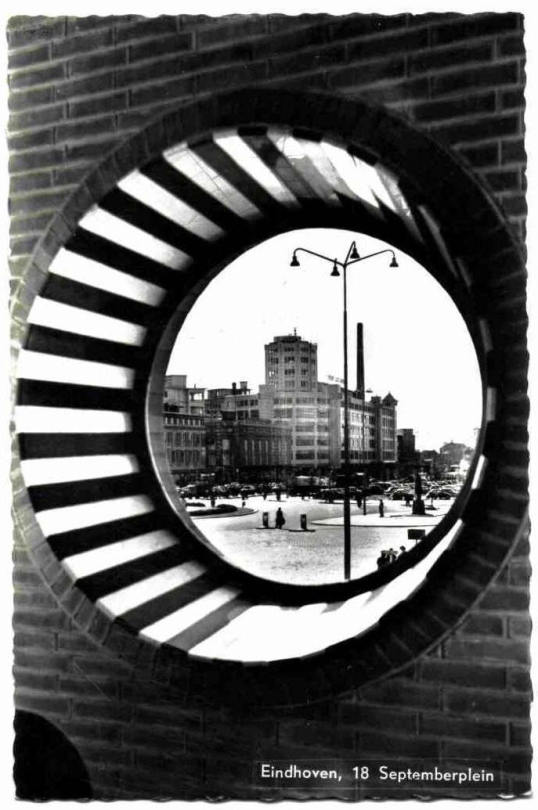Don't wanna be here? Send us removal request.
Photo




Laboratory and office building for ‘Misión Biológica de Galicia’ (CSIC) in Salcedo; Pontevedra, Galicia, Spain; 1949
Alejandro de la Sota
see map | more information 1, 2, 3, 4 | + video
via “Obradoiro: revista de arquitectura y urbanismo” 15 COAG (1989)
68 notes
·
View notes
Photo
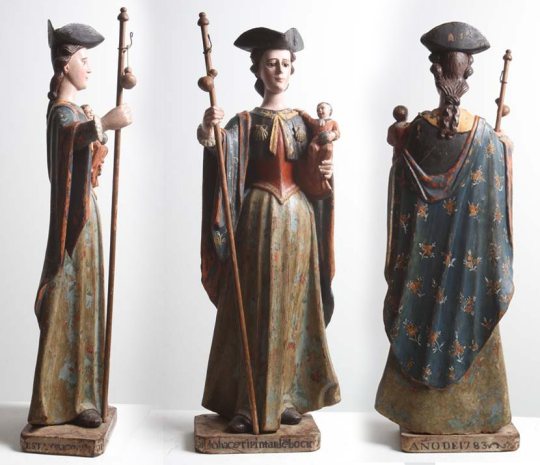
Virxe Peregrina patroa do Camiño Portugués a Santiago e de toda a provincia de Pontevedra. Trátase dunha talla policromada realizada en 1873, procedente de San Bartolomeu da Lamosa (Covelo-Pontevedra).
9 notes
·
View notes
Link
El azulón o ánade real (Anas platyrhynchos) solo puede definirse como el típico pato. El pato de toda la vida, que encontramos en cualquier parque de cualquier ciudad española. Los machos tienen la cabeza de un verde metalizado rematado por un collarín blanco y las hembras, más discretas, son marrones. Pero lo más interesante de estos animales no son sus plumas sino sus genitales.
0 notes
Link
The Prato area was a hub for mills and workshops, some of which made clothes and leather goods for the great fashion houses. If you were willing to be paid off the books, and by the piece, Prato offered plenty of opportunities. Many Wenzhouans found jobs there. “The Italians, being canny, would subcontract out their work to the Chinese,” Don Giovanni Momigli, a priest whose parish, near Prato, included an early influx of Chinese, told me. “Then they were surprised when the Chinese began to do the work on their own.”
0 notes
Photo
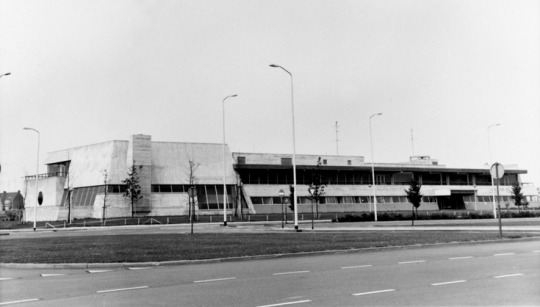
Studentencentrum (1963-69) of Technical University Eindhoven, the Netherlands, by Maaskant, Van Dommelen, Kroos & Senf
103 notes
·
View notes
Photo
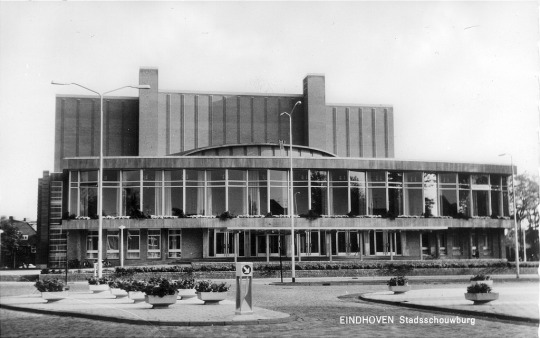
Former Stadsschouwburg (1964) in Eindhoven, the Netherlands, by Cees Geenen
65 notes
·
View notes
Photo
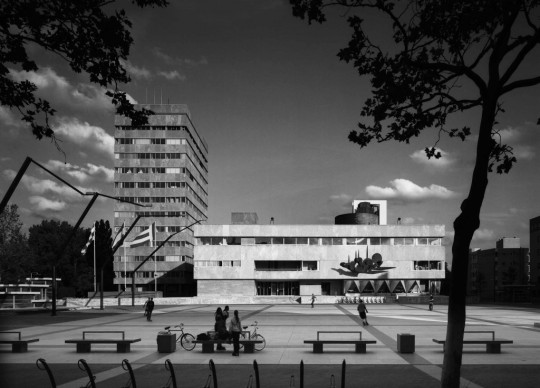
Stadhuis (mid-1960s) in Eindhoven, the Netherlands, by Van der Laan, Hermans, van der Eerden, Kirch
56 notes
·
View notes
Photo
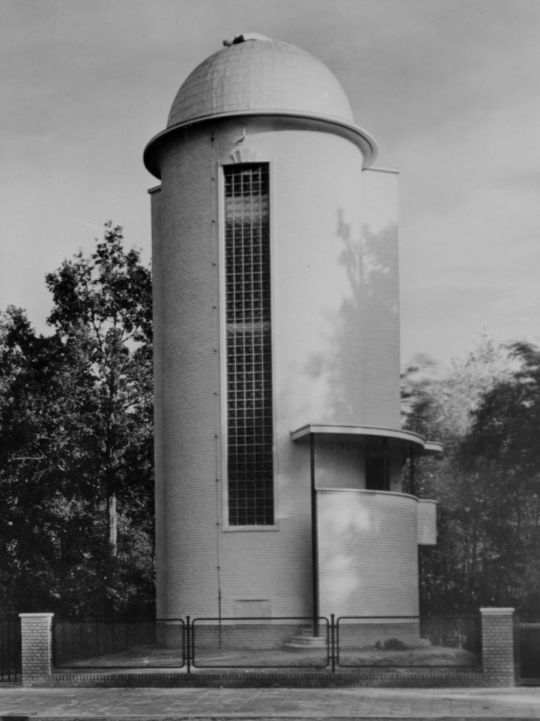
Dr A.F. Philips Observatory (1936-37) in Eindhoven, the Netherlands, by Louis Kalff
277 notes
·
View notes
Photo
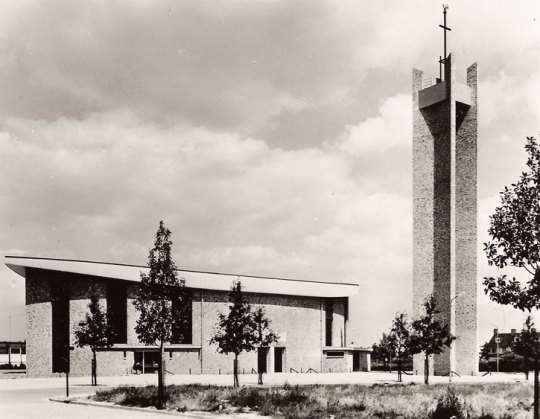
Church “H.H. Harten” (1961-63) in Eindhoven, the Netherlands, by Geenen & Oskam
78 notes
·
View notes
Photo
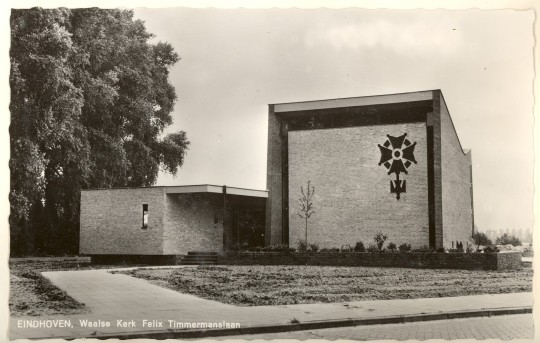
Waalse Kerk (1966) in Eindhoven, the Netherlands, by Hans van den Berg
97 notes
·
View notes
Photo
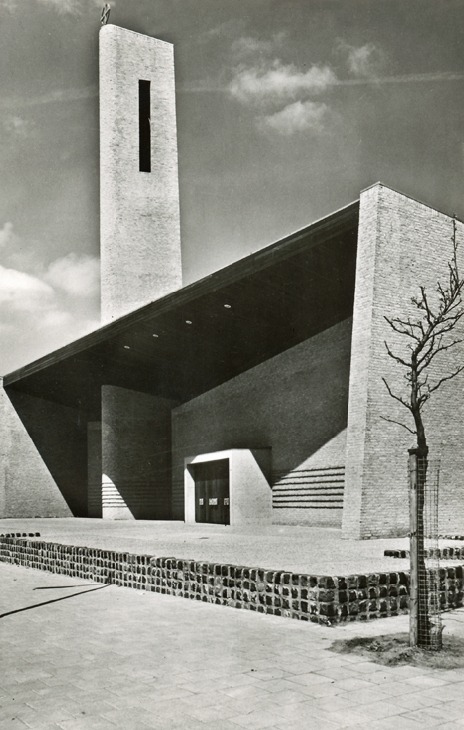
Judas Taddeuskerk (1960-61) in Eindhoven, by H.M. Koldewey. Demolished in 1998.
247 notes
·
View notes
Photo
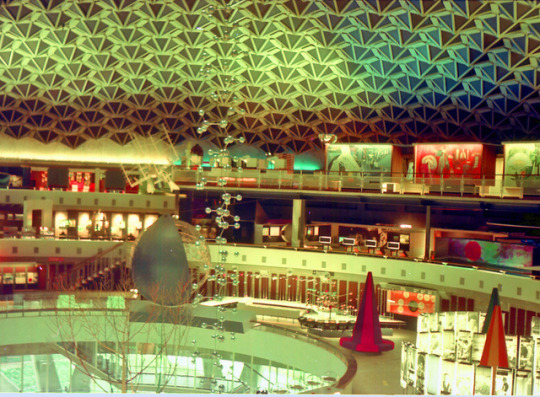
Interior of the Evoluon, Eindhoven, Netherlands, 1975.
217 notes
·
View notes
Link
According to Coren, the Chinese emperors of the Han Dynasty wanted to replicate the Buddha's experience of taming a wild lion, which symbolized passion and aggression. Buddha's tame lion would "follow at his heels like a faithful dog," according to the legend. In a somewhat circular story, then, the Han emperors bred a dog to make it look like a lion - a lion that acted like a dog.
0 notes
Link
A common FP critique of imperative programming goes like this: “How can a = a + 1? That’s like saying 1 = 2. Mutable assignment makes no sense.” This is a notation mismatch: “equals” should mean “equality”, when it really means “assign”. I agree with this criticism and think it’s bad notation. But I also know some languages don’t write a = a + 1, instead writing a := a + 1. Why isn’t that the norm?
The usual answer is “because of C”. But that’s just passing the buck: why does C do it that way? Let’s find out!
0 notes



